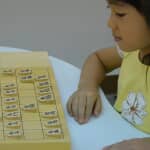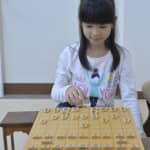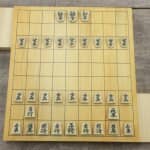31 January 2019
The Origin of Shogi Piece Toss: the Strongest Shogi Master vs. the Strongest Player Out of Power
Before starting a Shogi game, we toss pieces. Sometimes, children ask me, “why do we need to toss pieces?” Well, there is an interesting story about the origin of piece-toss. Regaring to piece-toss, a famous Shogi expert told me the following story.
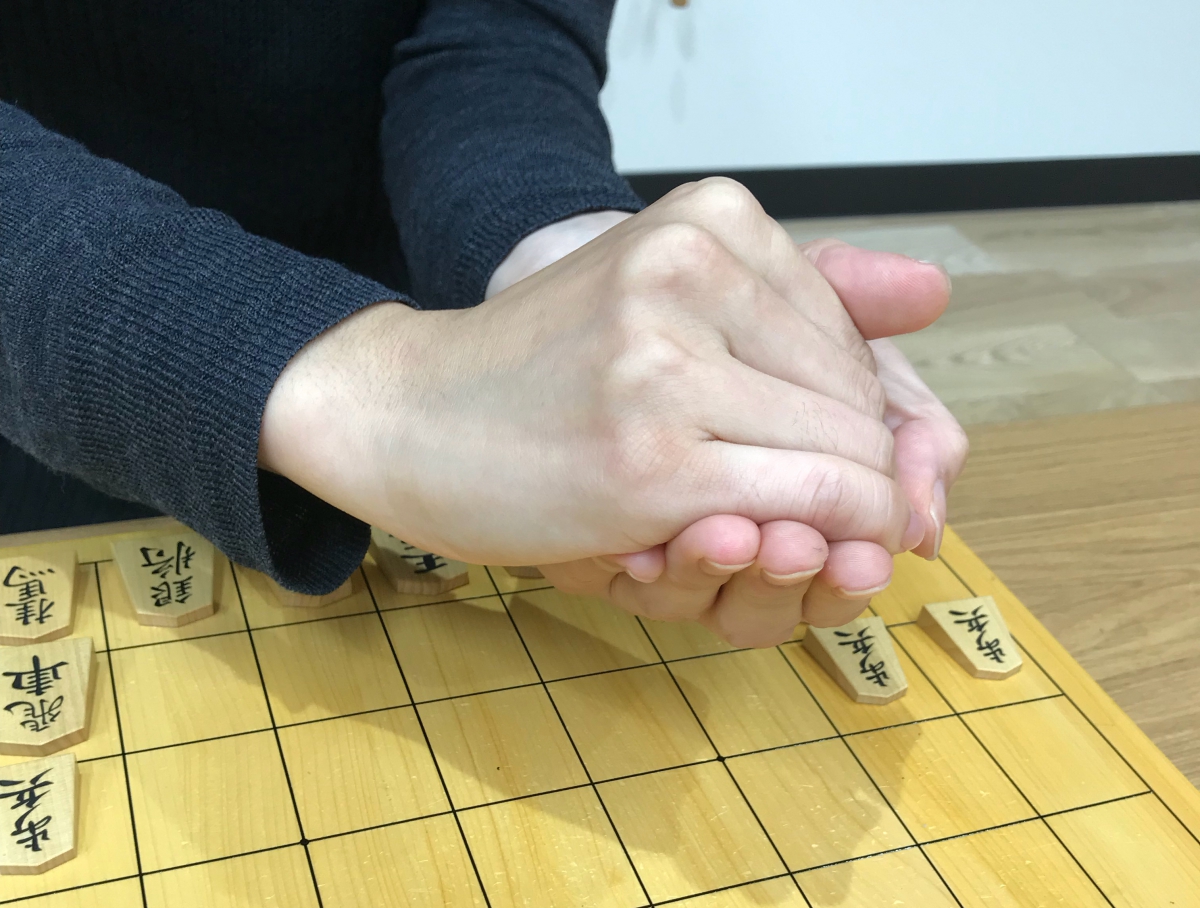
The Strongest Shogi Master vs. The Strongest Player Out of Power: The Beginning Was a Game to Stake Their Prestige
It is said that a Shogi piece-toss is rooted in the early Edo period, around 1650 or so. It was the time when the strongest player who was out of power, Higaki Zean, challenged a strongest Shogi master, Ohashi Soko, to play a game.
Due to advanced age, the master handed over this game to an apprentice and also son-in-law, Ito Sokan. Sokan was a very promising player. He was from Shimane prefecture.
On the other hand, Zean was out of power but invincible, having no enemies. Those days, there was no distinct line between professionals and amateurs. Among the players who didn’t belong to any group, he was classified in the strongest level. He was also well known for a player who were good at “Gangi” (Snowroof) tactics, which are very popular among professional players of the day.
Zean wanted to play a game with having no handicap. But, assumably, some officers from Edo government who had connections with the master ruled a game in which two players played two games, one without Sokan’s Kaku and the other without Sokan’s Kyo.
Some of you may be wondering what if both players win one game and lose another. Don’t worry, basically a game with a handicap isn’t aimed to be competed, but to provide lessons from the upper to the lower. Sokan insisted to have a game without his Kaku first. On the contrary, Zean argued that a game without Sokan’s Kyo should be played first. Sokan had to keep leadership and Zean had to respond to public expectations. The games were must-win.
At this very moment, a piece-toss was made up. To decide which player plays first, one player tosses pieces on a board, which is similar to a coin-toss in soccer. In Shogi this system was adopted 400 years ago. Following the result of a piece-toss, the handicap of the first game was decided. Kyo was removed from the first game, which was a Zean’s desired result. Guess who won the game.
It was assumed that the handicap of the first game was too easy for Sokan to win a game. However, unexpectedly, Zean won a game. Sokan was pushed to the edge and played full out for recovering a loss.
When the name of Sokan is written in Japanese, it represents a person who has foresight and is gifted with talent. Sokan had to win the next game in the name of himself. The next game was going to be without Sokan’s Kaku, which was disadvantage for Sokan. If he would lose the game, his prestige definitely would be undermined. The result was that Sokan made it. Before the game, Zean was extremely confident in himself, the defeat gave Zean tremendous mental damage. Later, vomiting blood, he died. After his death, this game was given a name of “a game to make Zean vomit blood”.
Actually, to tell the truth, Zean didn’t dye from vomiting blood. The fiction was added to the above games by story tellers, since those days Shogi was so popular among commoners.

Why do we need 5 pieces for piece-toss?
According to a current official rule, an elder or stronger player tosses his/her five Fu pieces which was set on a board. How about in the eraly Edo period? Unfortunately, there is no official records. Most Shogi researchers argue that one left piece of Fu might have been tossed, instead of using pieces on a board. It sounds like more practical than a current way.
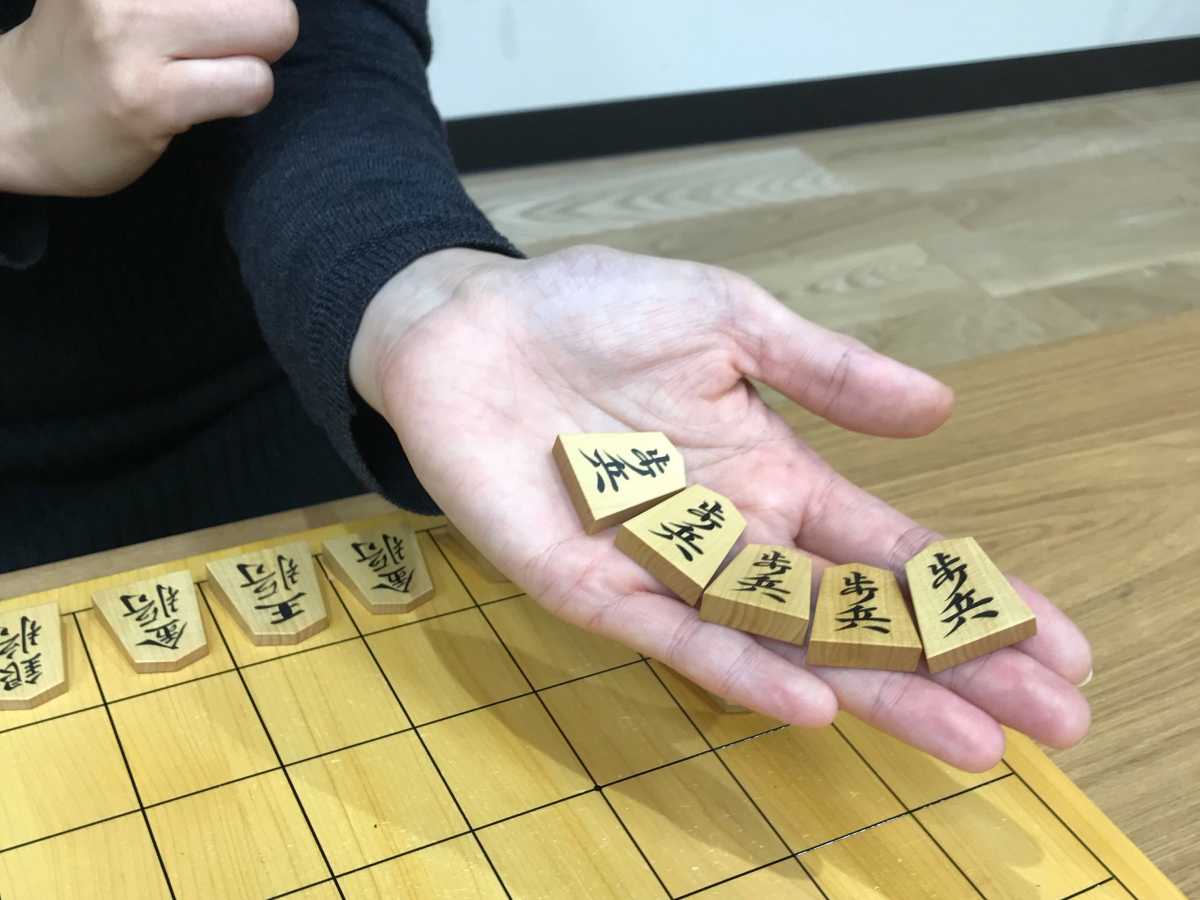
From when the number of pieces to be tossed became five is not clearly recorded. One thing clear is that when Meijin Title Match was set up in 1935, the number was already five. Since around the time when Japan Shogi Association was unified, the basic unified Shogi manner took shape. During that, it is said that the number of tossing was settled.
There are several anecdotes regarding piece-toss method.
In 1940, before starting the first game of Meijin Titel Matach, a player, Meijin Sekine Kinjirou, was going to toss three pieces, instead of five and was corrected. It’s assumed that those days players might have been more flexible about the number of pieces to be tossed. They might have realized any odd numbers should be just okay to be tossed.
In 1937, at the special game sponsored by Yomiuri Shimbun, players didn’t toss pieces before the game. This happened, because one of the players, Master Sakata, protected his pride as former Meijin and the 9th Dan holder. Master Sakata’s Meijin title had not been admitted officially, and he had been expelled from the Shogi world. This special game was a stage for him to come back to the Shogi world and his opponent was at the lower level than him. He thought the game without a handicap was not fair enough for him.
Several circumstances what Shogi legends had made these stories.
* I would like to take this opportunities to express our appreciations to Mr. Kouichi Saijyo who is a former member of Japan Shogi Association, an advisor of history of Shogi. He kindly gave us invaluable information to write this article.
